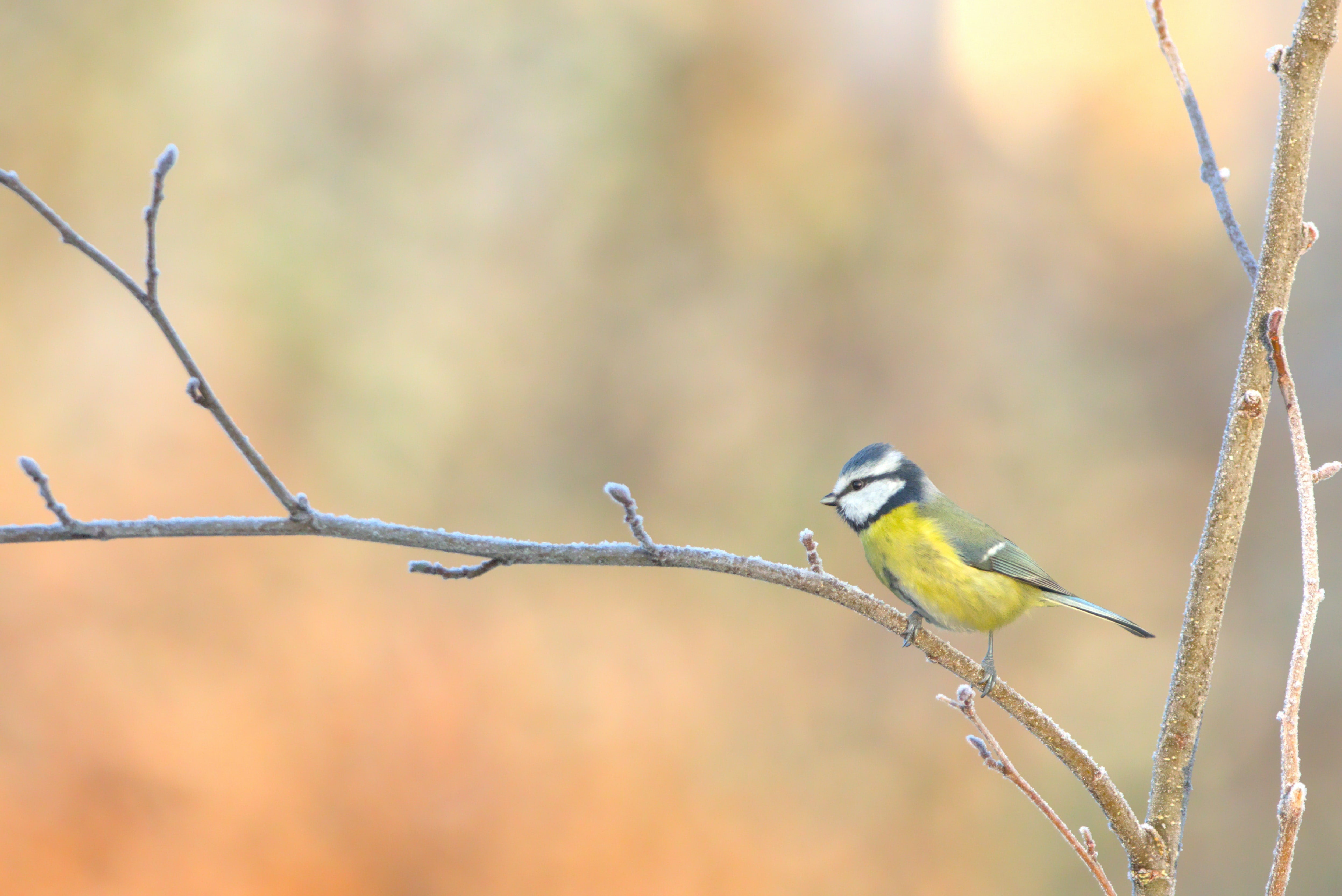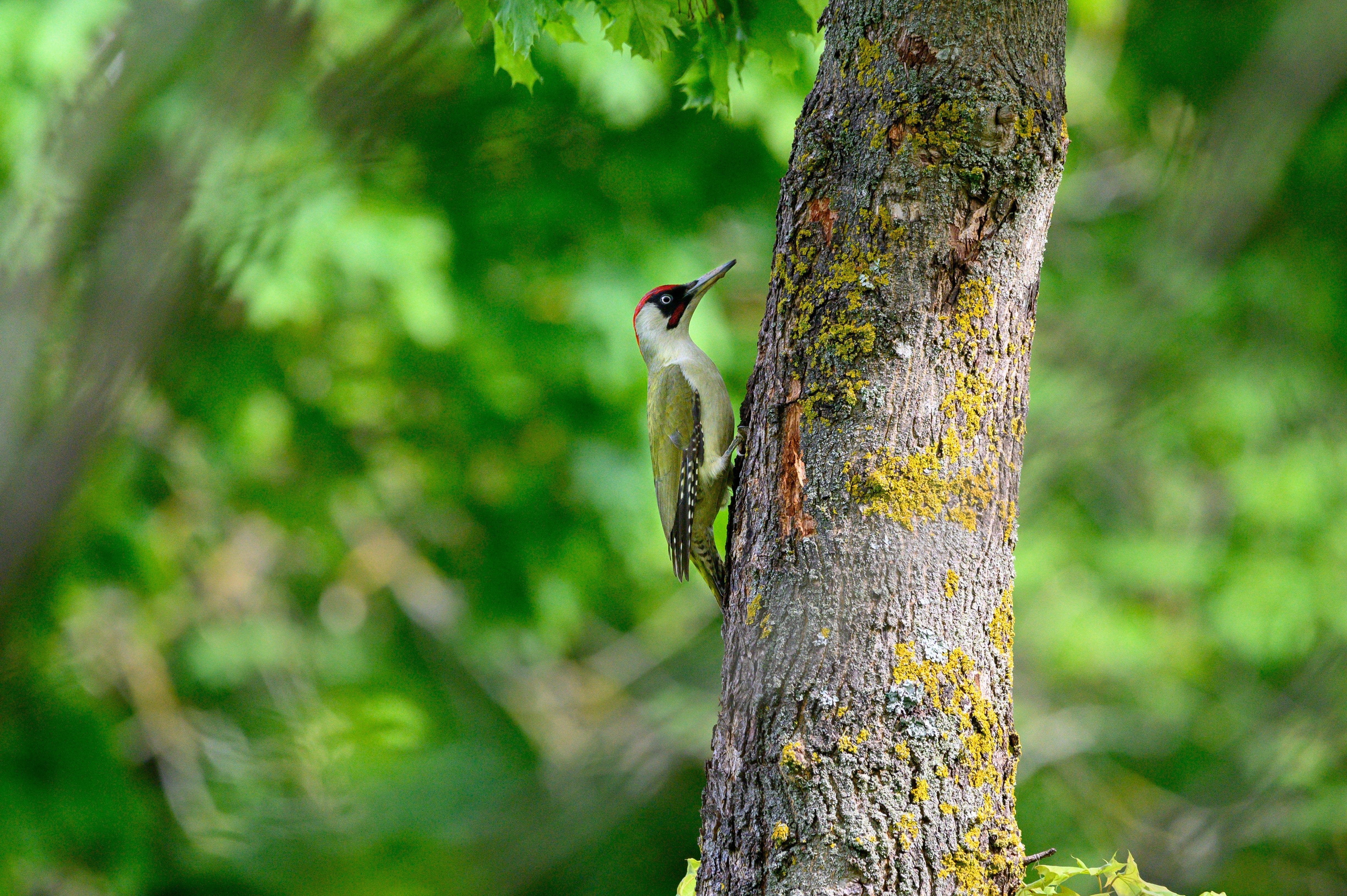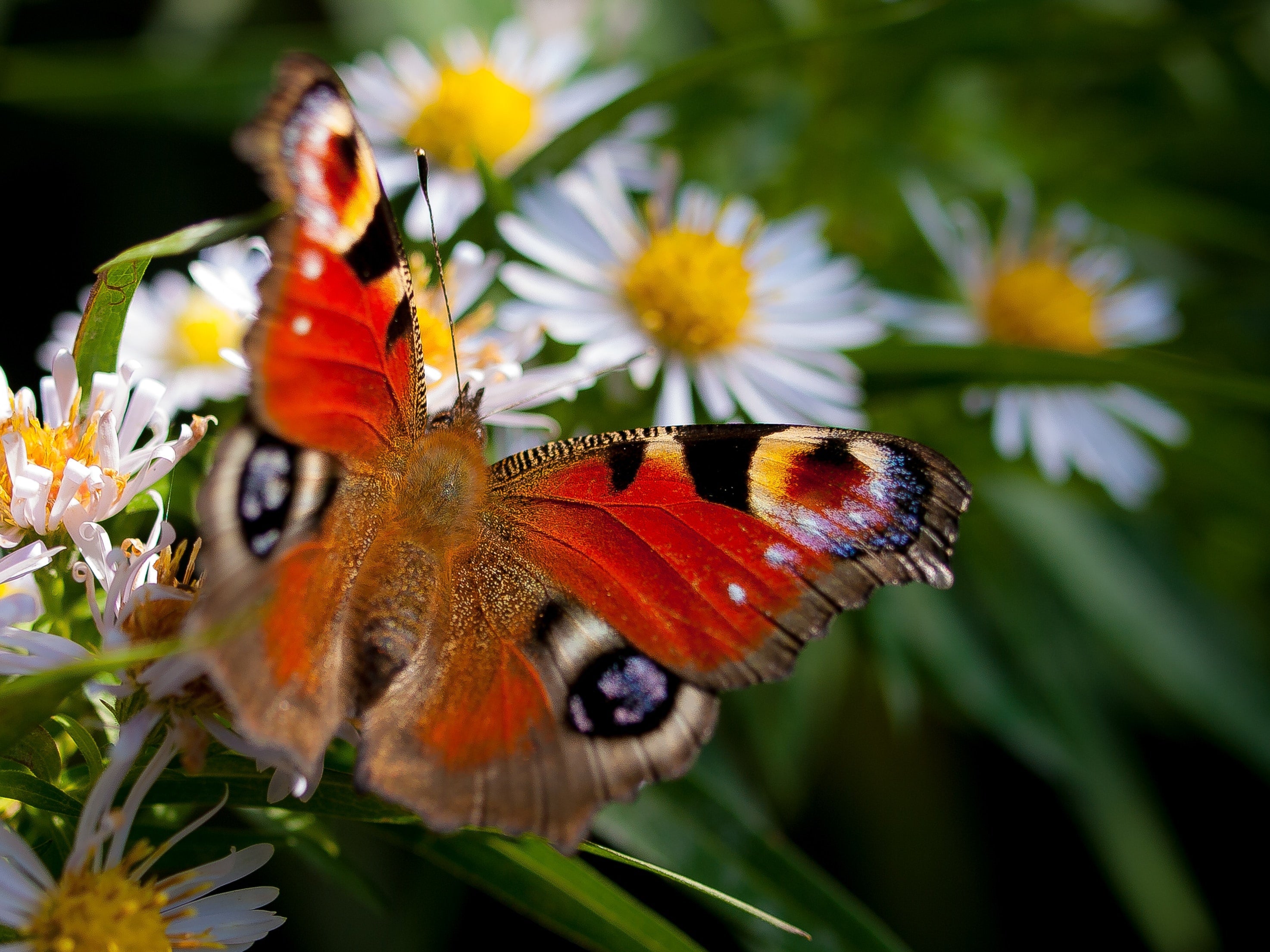
The Ecological Role of Bluetits in the British Wildlife and How to Protect Them
Bluetits are small passerine birds found in Europe and parts of Asia. They are called "bluetits" because of their distinctive blue and yellow plumage. The birds have a blue cap on their heads, a blue back, and wings with blue and yellow feathers. Their undersides and cheeks are yellow, which creates a striking contrast with the blue feathers.
The name "bluetit" was likely derived from the Old English word "bléo," which means blue or shining, and the Middle English word "tit" or "tite," which means small or little. The combination of these two words reflects the bird's appearance, with its small size and blue colouration. The name has been used for centuries to describe these birds and is still commonly used today.
Bluetits play an essential role in British wildlife as they are a widespread bird species in the country. They are ubiquitous in woodlands, hedgerows, parks, and gardens. As insectivorous birds, they help to control insect populations, including many pests that can damage crops and gardens.
Bluetits are also essential pollinators, particularly fruit trees and other flowering plants. In the spring, they can often visit flowers, searching for nectar and pollen. In addition to their ecological role, bluetits are beloved by many people for their attractive appearance, lively behaviour, and cheerful songs.
The conservation of bluetits and other bird species is also essential for maintaining the biodiversity of British wildlife. By providing suitable habitats, protecting nesting sites, and minimising habitat destruction and pollution, we can help to ensure the continued survival of bluetits and other important wildlife species.
There are several ways we can help bluetits thrive and support their populations:
- Provide suitable habitats: Bluetits prefer wooded areas with plenty of cover and nesting opportunities. Planting native trees, shrubs, and flowers in gardens and public spaces can help provide suitable habitats for them.
- Provide food and water: Bluetits feed on insects, seeds, and nuts. Providing bird feeders and baths can help ensure they have a reliable source of food and water throughout the year.
- Protect nesting sites: Bluetits build their nests in holes in trees, so preserving trees and woodland areas with natural holes and crevices is essential. Installing nest boxes in gardens and other regions can provide additional nesting opportunities.
- Minimise habitat destruction and pollution: Human activities such as deforestation, corruption, and pesticide use can harm bluetit populations. Reducing our environmental impact by using sustainable practices can help protect their habitats.
- Please get involved in conservation efforts: Joining local conservation groups and supporting initiatives that protect bluetits and other bird species can help ensure their survival.
By taking these steps, we can help support bluetit populations and ensure they continue to play an essential role in British wildlife.

